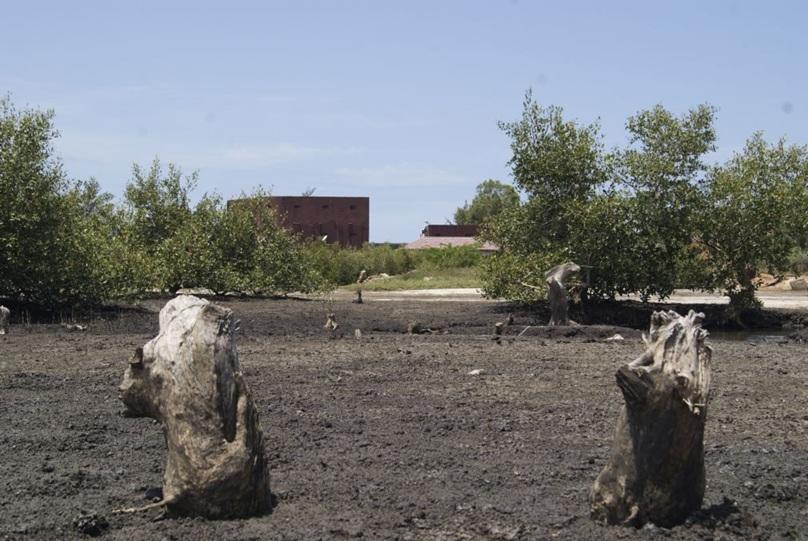Africa-Press – Mozambique. Blue Forest, a specialist in blue carbon projects, has announced that it is planting around 40 million mangrove trees in central Mozambique, an investment worth US$5 million (€4.3 million).
“At this time, we are actively involved in implementing the first phase,” said Jorge Mafuca, national director of Blue Forest, headquartered in Dubai, explaining that the MozBlue project is taking place in Zambézia province.
According to the official, who spoke on Friday during a workshop on blue carbon in Maputo, in its first phase, the project, approved last September by the Mozambican government, will cover two of the eight districts in the central province.
“The first two intervention districts of this project are Quelimane and Namacurra, and in these two districts the intention is to cover, to restore, 5,116 hectares and to plant around 40 million mangrove plants, with a minimum financing of US$5 million,” he explained.
Without specifying the end date of the first stage, Mafuca said that the implementation process of this project begins with “preparatory activities”, allowing the delimitation of community lands, community involvement, and the negotiation of mangrove land agreements, which are carried out between the company and the communities.
“To have a working base for the communities, it is necessary for the communities to have certification that they are the owners of the land. And it is for this reason that the process of delimiting community lands takes place, which eventually results in the issuance of land possession certificates, which are issued to the different communities,” he said.
According to Blue Forest, by August, at least 1,200 hectares had already been restored and 2.3 million trees planted.
“However, this is planting, and from planting to success there is some distance. After six months, we carried out a validation exercise, and in that validation exercise of the planted area, we found that the survival rates of the species that were planted varied from species to species,” he said.
For the official, one of the major problems is that the mangrove areas under restoration were degraded for “anthropogenic reasons”, where communities cut mangroves for social and economic needs.
“So, one of the main activities, in addition to planting, is really to implement social programmes that provide alternatives to the sustainable use of mangroves,” he added.
In September 2024, the government of Mozambique approved a project to plant 200 million mangrove trees in the country over the next 60 years, a project which started in November, as announced at the time by the promoter.
“We will begin planting the first of the 200 million mangroves in Quelimane, in Zambézia, in November, in line with the start of the rainy season in Mozambique,” the founder and CEO of Blue Forest, Vahid Fotuhi, said at the time.
The project is the largest mangrove concession in Africa, the company added in a statement, noting that it obtained the necessary licence from the Mozambican government after two and a half years of feasibility studies.
The vast mangrove ecosystem along approximately 2,000 kilometres of Mozambique’s coast has been damaged by cyclones and floods, as well as by tree felling and deforestation, but over the next 60 years, the MozBlue project is expected to capture 20.4 million tonnes of carbon dioxide (CO2), contributing to climate change mitigation efforts, Fotuhi said.
For More News And Analysis About Mozambique Follow Africa-Press






